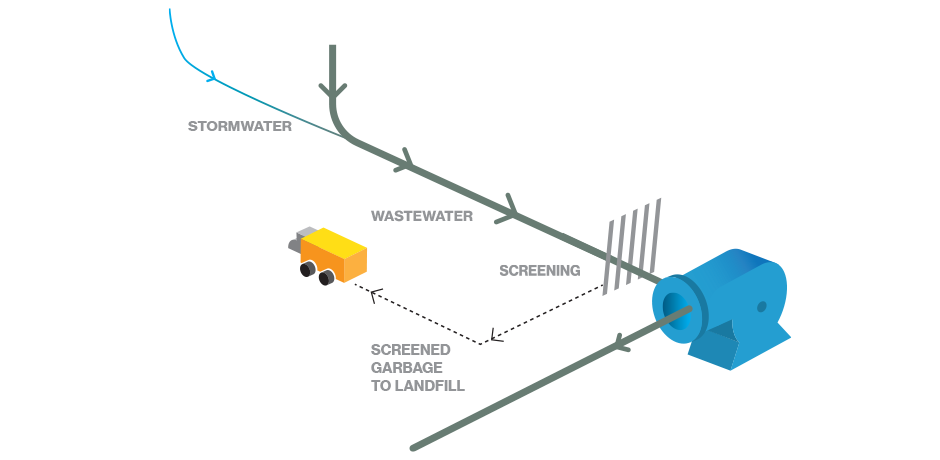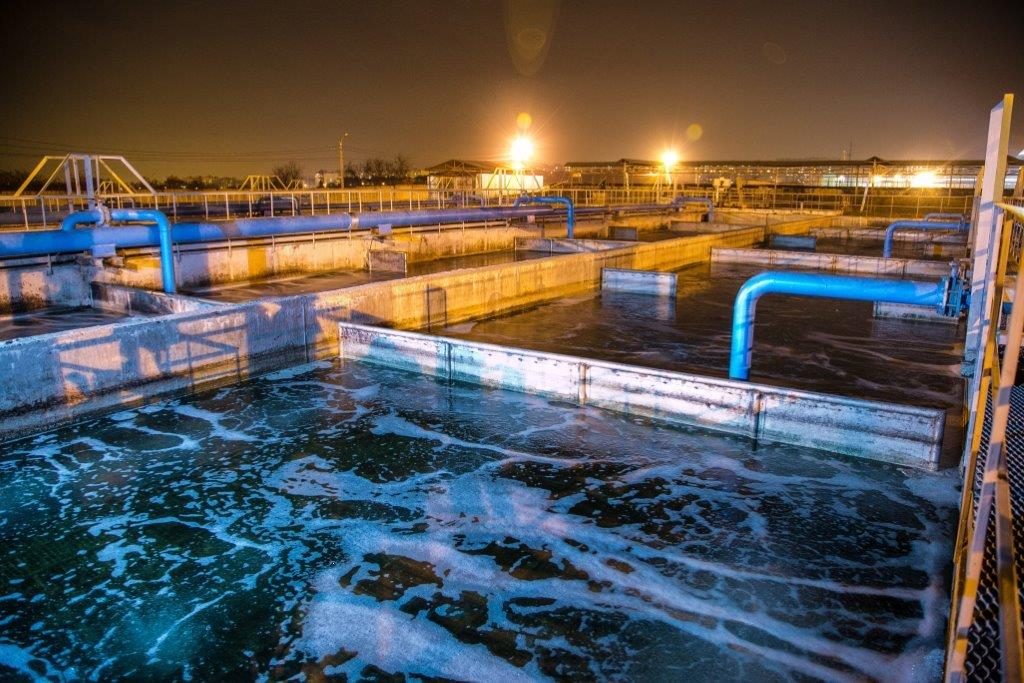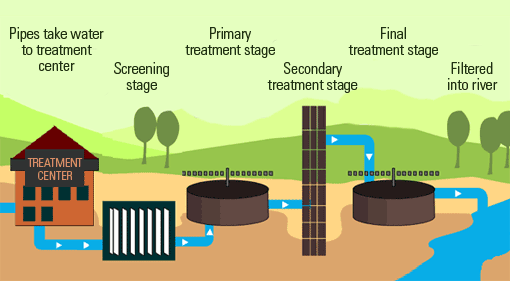Strategic Approaches to Enhance Waste Water Treatment Performance and Lessen Environmental Influence
In the world of waste water treatment, the mission for boosted efficiency and minimized environmental effect is a perpetual challenge that demands strategic solutions. The combination of innovative therapy innovations, energy-efficient procedures, source healing techniques, enhanced nutrient removal methods, and wise tracking and control systems represents a diverse structure for attending to these pressing issues.
Advanced Treatment Technologies
Innovative membrane filtration systems have actually reinvented innovative wastewater therapy processes, significantly boosting the elimination of pollutants. These ingenious systems work by requiring water through a semi-permeable membrane, efficiently separating contaminations from the water stream. The membrane's tiny pores catch toxins such as germs, viruses, and put on hold solids, permitting only cleansed water to travel through. This technology has verified to be very efficient in removing a vast array of impurities, consisting of pharmaceuticals, heavy metals, and natural substances, which are typically testing to eliminate with typical treatment techniques.
Moreover, membrane layer filtration systems provide many advantages over conventional treatment methods. They require less space, produce higher-quality effluent, and are more resistant to changes in influent water high quality. In addition, these systems are very functional and can be conveniently integrated into existing treatment plants or utilized as standalone systems for decentralized applications. As the demand for clean water continues to increase, the adoption of advanced membrane filtration innovations is important to ensure lasting and efficient wastewater therapy practices.
Energy-Efficient Processes
The assimilation of energy-efficient processes in wastewater therapy systems is essential for maximizing resource use and minimizing functional expenses. One vital method to boosting power performance in wastewater treatment is the application of advanced oygenation systems, such as great bubble diffusers or surface aerators, which can boost oxygen transfer effectiveness and decrease power intake.
Furthermore, optimizing process control and automation with the usage of sophisticated sensing units and keeping track of systems can improve general power performance by readjusting procedures in real-time based upon real need and conditions. Applying power audits and frequently checking power efficiency signs are necessary techniques to recognize locations for renovation and track energy-saving campaigns properly. In general, the fostering of energy-efficient procedures in wastewater therapy not just benefits the environment yet likewise adds to lasting price savings and functional sustainability.
Resource Healing Techniques
With a concentrate on maximizing source use and sustainability in wastewater therapy systems, the execution of resource healing methods becomes a pivotal facet in enhancing operational efficiency. Resource recovery strategies in wastewater therapy involve the identification and extraction of beneficial sources from the waste stream, therefore transforming what was as soon as taken into consideration waste into a useful property. By applying source recovery techniques such as nutrient removal and recuperation, energy generation from organic matter, and the production of multiple-use water, wastewater therapy plants can decrease environmental effect while optimizing effectiveness.

Improved Nutrient Removal Techniques
Carrying out innovative nutrient elimination strategies is crucial for enhancing the efficiency of wastewater treatment systems. One of the key methods made use of for improved nutrient elimination is the process of biological nutrient elimination (BNR), which entails the elimination of nitrogen and phosphorus with biological processes.

Along with BNR, advanced therapy methods such as membrane bioreactors (MBRs) and constructed wetlands can additionally be employed to enhance nutrient elimination effectiveness. MBRs pop over to this web-site use membranes to accomplish premium effluent standards by successfully eliminating nutrients and put on hold solids. Created wetlands mimic all-natural marsh processes to remove nutrients via plant uptake, microbial task, and sedimentation. By including these innovative nutrient removal techniques right into wastewater treatment municipalities, systems and industries can effectively lower nutrient air pollution and secure the setting.
Smart Surveillance and Control Solution
Making use of advanced innovation, the assimilation of wise monitoring and control systems revolutionizes the functional performance of wastewater treatment centers. These systems integrate innovative sensing units and information analytics to continually keep track of vital parameters such as pH degrees, turbidity, dissolved oxygen, and flow rates in real-time. By collecting and analyzing this data, drivers can get valuable understandings into the efficiency of the therapy procedures, making it possible for positive adjustments to enhance treatment efficiency.
Smart surveillance and control systems additionally support remote monitoring capabilities, permitting drivers to gain access to real-time data and control functions from off-site areas. This remote access boosts functional adaptability and responsiveness, making it possible for swift treatments in instance of system breakdowns or variations in influent quality. Moreover, the anticipating maintenance abilities of these systems assist avoid tools failures and minimize downtime, eventually improving the overall reliability of wastewater treatment operations (Waste Water Treatment).
Conclusion
Finally, critical strategies such as innovative treatment modern technologies, energy-efficient processes, resource healing techniques, enhanced nutrient elimination methods, and clever tracking and control systems play a crucial duty in improving wastewater treatment effectiveness and minimizing ecological influence. By implementing these strategies, wastewater therapy plants can boost their overall efficiency, minimize energy usage, recuperate useful sources, and make certain compliance with ecological policies. These techniques are essential for sustainable and effective wastewater monitoring methods.

In conclusion, tactical techniques such as advanced treatment technologies, energy-efficient procedures, source recovery methods, enhanced nutrient elimination methods, and wise surveillance and control systems play an essential duty in boosting wastewater treatment effectiveness and lessening environmental effect.
Comments on “Comprehensive Overview to Hazardous Waste Water Treatment Procedures”